Research ~ Making Organic Plastic (Fiber Aloe Vera)
Bioplastics Using Fibrous Tongue Fibers and Polylactic Acid Materials
Bioplastics or organic plastics are one type of plastic made from renewable biomass sources, such as vegetable oils, corn starch, pea starch and microbiota, when compared to conventional plastics made from petroleum raw materials. Bioplastics are generally degradable in nature.
Biodegradable plastic has evolved more than 10 years ago, and the development towards commercial plastics is very slow. This is due in large part to the high price and somewhat different properties of conventional plastics. But with the issue of the depletion of petroleum reserves, bioplastics will soon become competitive compared to other plastics. Another advantage of biodegradable plastic is produced from non-renewable sources of oil and has properties that can be degraded naturally.
Biodegradable plastics are plastics that can be used like conventional plastics, but will disintegrate by the activity of microorganisms into the final result of water and carbon dioxide gas after being used up and discharged into the environment. Because of its biodegradable nature, biodegradable plastics are environmentally friendly plastics (Pranamuda, 2001). Biodegradable plastics are polymers that can be transformed into biomass, H2O, CO2 and / or CH4 through depolymerization and mineralization steps. Depolymerization occurs due to the work of extracellular enzymes (composed of endo and exo enzymes). The endo enzyme breaks the internal bonds on the polymer main chain randomly, and the enzyme excludes the monomer units on the main chain in sequence. The oligomers formed are transferred into cells and become mineralized. The process of mineralization forms CO2, CH4, N2, water, salts, minerals and biomass. The definitions of biodegradable polymers and end products formed may vary depending on the polymer, organism, and environment (Kaplan et al, 1993 in Hartoto et al, 2005).
Averous (2008), grouping biodegradable polymers into two groups and four different families. The main groups are: (1) agro-polymers consisting of polysaccharides, proteins and so on; and (2) biopoliester (biodegradable polyesters) such as lactic acid poly (PLA), polyhydroxyalkanoate (PHA), aromatic and aliphatic copolyester.
Production Process Poly Lactic Acid (PLA)
One type of biodegradable polyester is lactic acid poly (polylactic acid). Lactic acid poly (PLA) was discovered in 1932 by Carothers (DuPont) producing low-molecular-weight PLA by heating lactic acid under vacuum. At a later stage, DuPont and Ethicon are focusing on making medical grade satures, implants and drug packaging applications. Recently, some companies such as Shimadzu and Mitsui Tuatsu in Japan have produced a number of PLA for plastic applications. Polyric lactic acid or Poly lactide (PLA) with the chemical formula (CH3CHOHCOOH) n is a biodegradable, thermoplastic and polymeric type of plastic or plastics made from renewable materials such as corn starch or sugar cane. Although the PLA has been known since the last century, it has only been produced commercially in recent years with the superiority of biological degradability.
Preparation of composite darula fiber in-laws using Polylactic acid (PLA) chemicals.
Lactic acid is a colorless, odorless, concentrated liquid in water in various comparisons, alcohols and ethers but not soluble in chloroform. These compounds include weak acids with low evaporation. This acid has an asymmetry atom. In nature it is in the form of D-, L- and DL-. Commercial products are usually in the form of DL- (Tjokroadikoesoemo, 1986 in Aulana, 2005).
The resulting composite is a food or plastic wrapping product.
The tool used in this research is 1buah measuring pipette measuring 25ml, ball pipette 1, beaker glass size 300ml, and aluminum foil.
Aluminum foil is used to wrap a glass beaker filled with chloroform and PLA to dissolve the material.
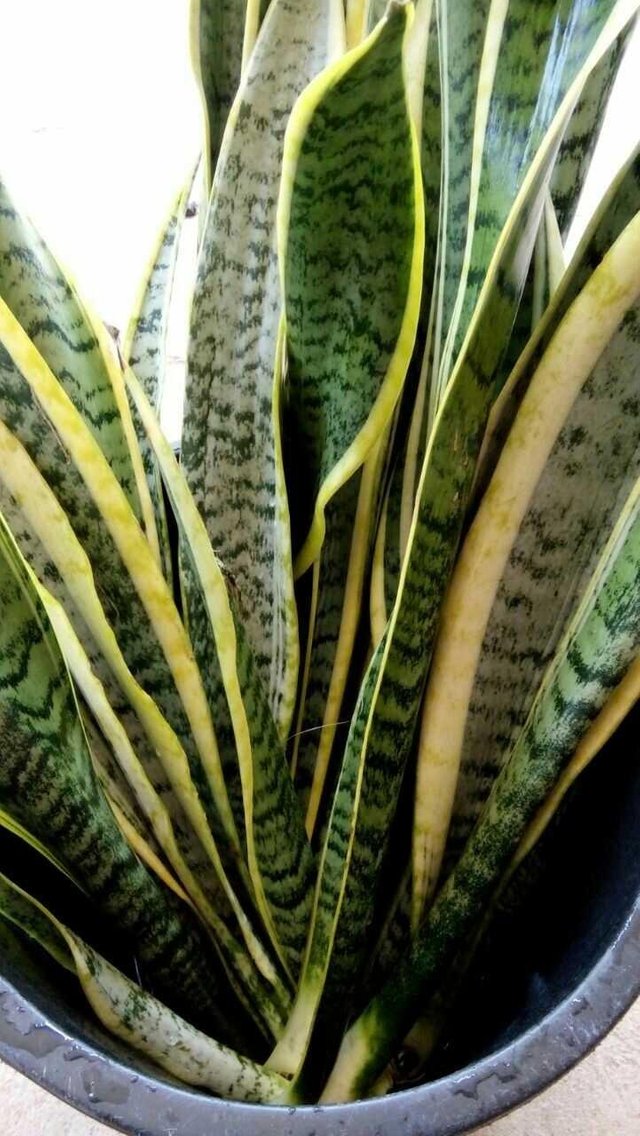
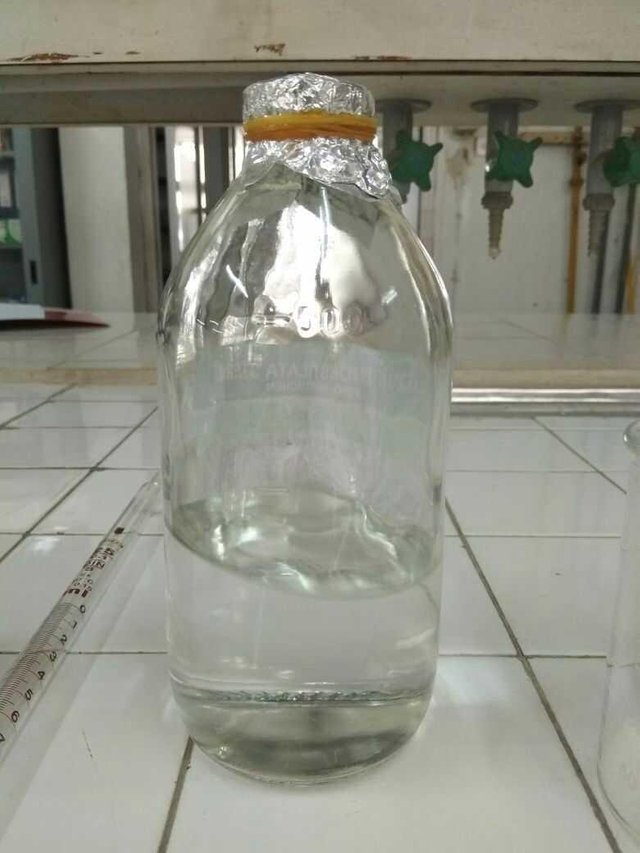
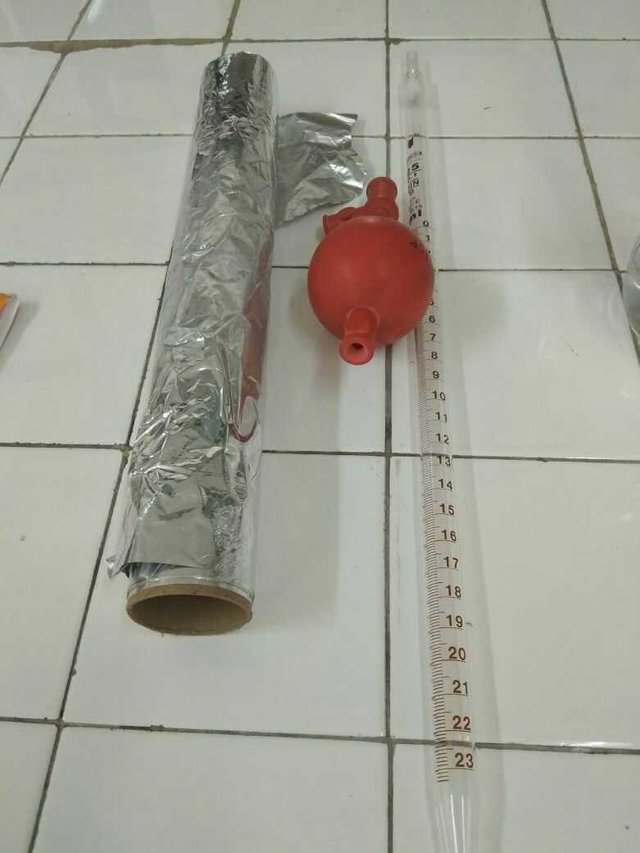
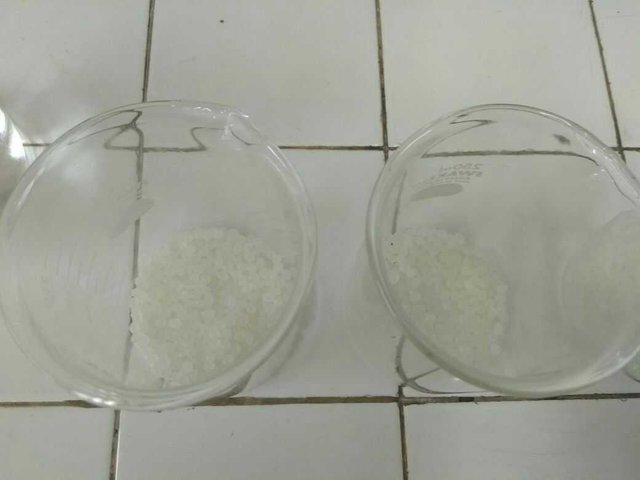
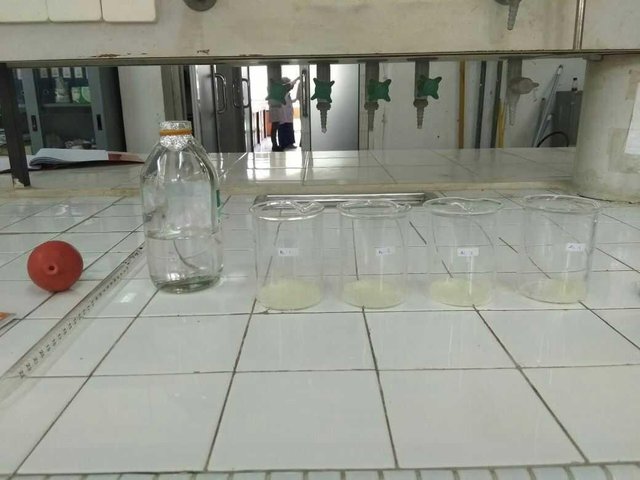
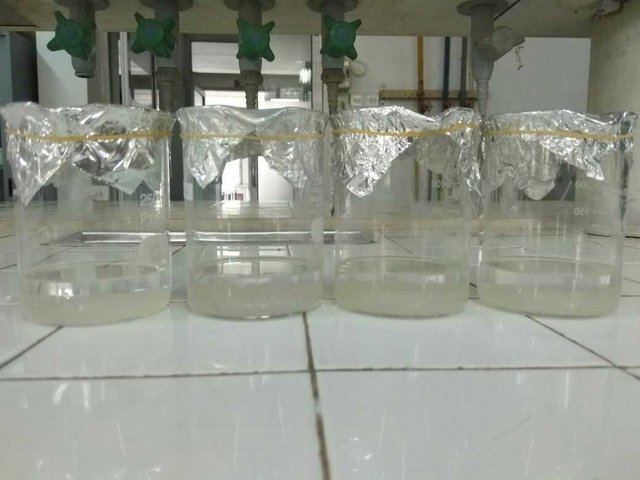
After dissolved mixed with fiber and then poured into the mold, then let stand for several days to dry. The mold used is in the form of iron plate.